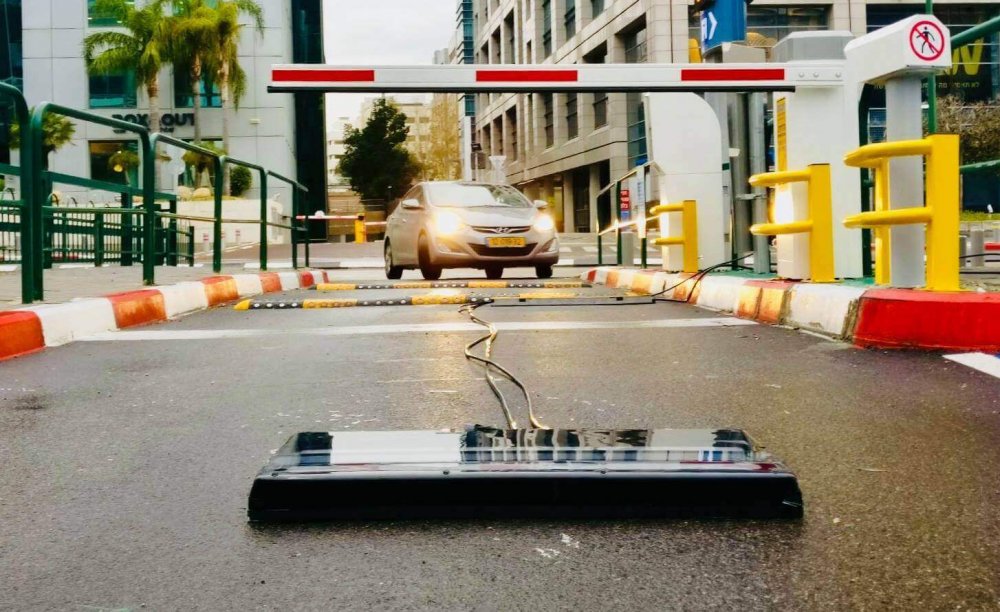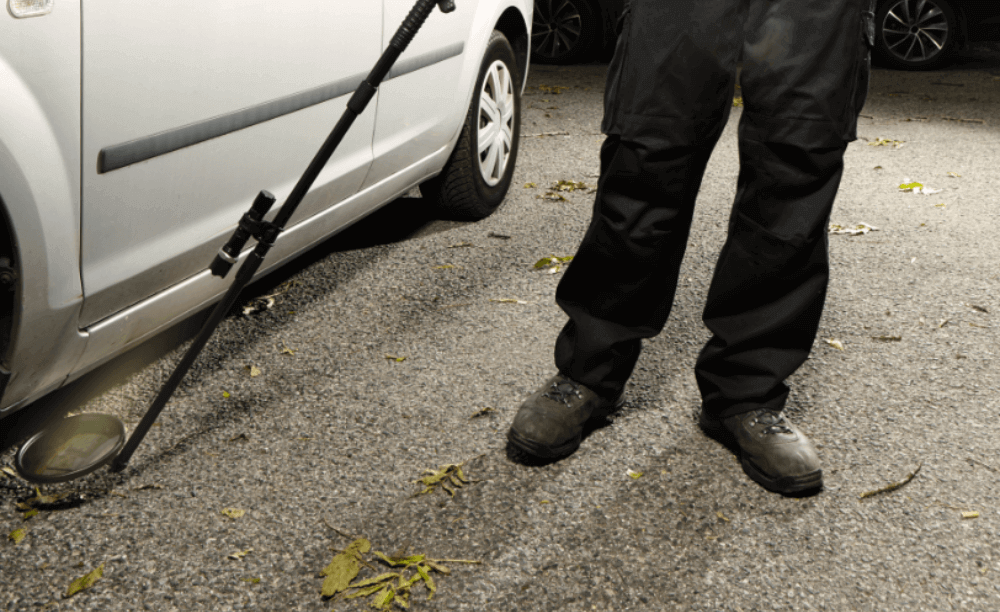Introducing; Automatic Check-Ups for Autonomous Vehicles
Autonomous Vehicles: Leading the Future of the Automotive Industry?
Just a few years ago the idea of autonomous vehicles, or self-driving cars, seemed like a sci-fi fantasy or something you would watch on a cartoon series like the 1960s show The Jetsons. Yet, anyone aware of vehicle tech trends would be hard-pressed to argue that these robot-like cars are not only shaking the automotive industry but are causing us to rethink transportation as a whole. The rapid advances in technology and machine learning have not only made self-driving cars a not-too-distant reality but are also serving as the impetus to reevaluate vehicle inspection systems and how to ensure that these autonomous vehicles remain safe.
An Imminent Reality or Distant Future?
focused on Level 5 vehicles that would essentially eliminate the driver from the equation. However, in order for lawmakers to allow these vehicles on our roads, they essentially need to outperform humans at every turn. Indeed, while there are many potential benefits to autonomous vehicles (such as a reduction in costs and traffic collisions, an increase in traffic flow, enhanced mobility for the elderly and disabled, an increase in fuel efficiency and, clearly, an ease on drivers), there are also many disadvantages and potential safety hazards (including the threat of hacking and terrorism). While autonomous cars combine a variety of sensors to perceive their surroundings (such as radar, computer vision, Lidar, sonar, GPS, odometry and inertial measurement units), as well as advanced control systems to interpret sensory information and identify appropriate navigation paths and obstacles, they are not human and do not have human intuition on roads and highways.
Indeed, as autonomous vehicles become an imminent reality, it is all the more crucial to rethink vehicle safety and inspection systems.
If, in the future, humans do not drive cars, who will be able to determine whether there are problems with the tires, brakes, or ignition systems? Additionally, as humans have decreased control over their vehicles, there is an increased potential for security threats, including foreign objects being placed on the undercarriages or bodies of cars.
Paving the Road to Safe Mobility
UVeye’s AI-based technology may, however, provide the solution for automatic inspections of autonomous vehicles, ensuring that vehicles remain safe. UVeye’s technology, which combines proprietary hardware combined with machine learning and computer-vision algorithms, is paving the road for the future of the automotive industry. Its under-vehicle surveillance system, which includes several cameras and is integrated with license plate recognition (LPR) system, is able to automatically scan a vehicle to detect any potential threats or hidden objects, even when the car is traveling at speeds of up to 28 mph (45 km/h). In addition, its tire module is able to detect under-inflation and any other anomalies that can become a serious safety concern. In fact, did you know that tire failure is the leading cause of car crashes worldwide?
Yet, it would be impossible to proceed with autonomous vehicles and inspections without the proper support systems in place. The way that a race car driver cannot function without his or her technical team, so too autonomous vehicles cannot operate without the necessary support systems that will enable them to progress.
Use Cases for Automatic Inspection Systems
UVeye's technology is the support system of the automotive industry -- both present and future, enabling advancements that would otherwise be unattainable.
While Level 5 autonomous vehicles that will enable humans (or, “drivers”) to blissfully relax in the back seat may still be years away from being publicly available, solutions, such as UVeye’s technology, are becoming all the more pressing. Indeed, as nearly every major automobile manufacturer currently has a self-driving car being tested, it is of utmost importance that manufacturers, dealers, and all those in the automotive business ensure that the future of the industry remains as safe and secure as it should be.


